When it comes to creating a harmonious living environment for our feline friends, the concept of a “cat cage” often stirs diverse opinions. However, understanding when and why a cat cage is necessary can be both enlightening and beneficial for cat owners and their beloved pets alike. In this article, we delve into the intricacies of the cat cage, exploring its many roles—from providing a safe haven during stressful times to aiding in the proper introduction of new cats into a household.
Cats, by nature, are creatures of comfort and curiosity. They seek out cozy corners to nap and new territories to explore, which can sometimes lead to household havoc. A well-designed cat cage not only provides a secure space for your feline companion but also serves as a practical tool for training and emergencies. Join us as we unravel the multifaceted uses of a cat cage, shedding light on how it can enhance the well-being of your furry friend and restore peace in your home.
Whether you’re a seasoned cat owner or a new pet parent, this guide will offer valuable insights into making the most of a cat cage, ensuring it’s a positive and enriching experience for both you and your cat.
Table of Contents
- Selecting the Perfect Cat Cage: Factors to Consider
- Ensuring Comfort and Safety: Key Features of Quality Cat Cages
- Maintaining and Cleaning Your Cat’s Cage for Long-term Use
- Enhancing Your Cat’s Cage Environment with Toys and Accessories
- Q&A
- Concluding Remarks
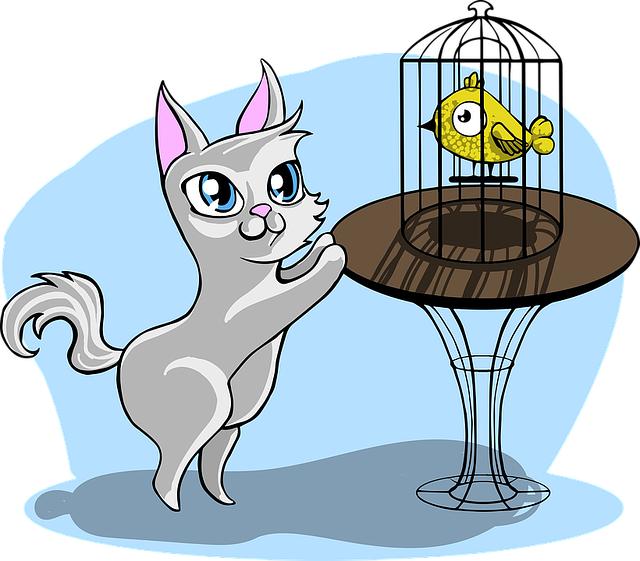
Selecting the Perfect Cat Cage: Factors to Consider
Choosing the right cat cage for your feline friend involves several important considerations to ensure their comfort and safety. Here are some key factors to keep in mind:
<p><strong>Size and Space</strong></p>
<p>Your cat needs ample space to move around, stretch, and play. A cage that is too small can lead to stress and discomfort. When selecting a cage, consider the size of your cat and ensure the cage is spacious enough to accommodate their needs. Here is a simple size guide:</p>
<table class="wp-block-table is-style-regular">
<thead>
<tr>
<th>Cat Size</th>
<th>Recommended Cage Size</th>
</tr>
</thead>
<tbody>
<tr>
<td>Small (under 5 lbs)</td>
<td>24x18x18 inches</td>
</tr>
<tr>
<td>Medium (5-10 lbs)</td>
<td>30x20x24 inches</td>
</tr>
<tr>
<td>Large (over 10 lbs)</td>
<td>36x24x30 inches</td>
</tr>
</tbody>
</table>
<p><strong>Material and Durability</strong></p>
<p>The material of the cat cage is crucial for both durability and safety. Wire cages with sturdy frames are often recommended as they provide a good balance of ventilation and strength. Look for cages with smooth, rounded edges to prevent injuries. Also, ensure the cage has a rust-resistant coating, especially if it may be used outdoors or in humid environments.</p>
<p><strong>Accessibility and Comfort</strong></p>
<p>A good cat cage should have multiple access points for easy cleaning and interaction. Doors that lock securely are essential to prevent escapes. Additionally, consider the comfort features such as elevated platforms, soft bedding, and space for litter boxes and feeding dishes. Accessories like hammocks or scratching posts can also enhance your cat's experience inside the cage.</p>
<p><strong>Portability and Storage</strong></p>
<p>If you plan to travel with your cat or need to move the cage frequently, portability becomes a significant factor. Foldable cages or those with built-in wheels can be incredibly convenient. Ensure the cage can be easily assembled and disassembled without compromising its structural integrity.</p>
<p>Keeping these factors in mind will help you select a cage that meets your cat's needs and lifestyle requirements. Whether it's for temporary containment or long-term use, the perfect cat cage enhances your cat's well-being and provides peace of mind for you as a pet owner.</p>Ensuring Comfort and Safety: Key Features of Quality Cat Cages
When selecting a cat cage, ensuring your feline friend’s comfort and safety is paramount. A quality cat cage should cater to your pet’s needs while providing a secure environment. Key features to look out for include robust construction, ample space, and enriching amenities.
- Robust Construction: The durability of the cage is essential. High-quality materials like anodized aluminum frames ensure the cage withstands weather elements and wear over time. For instance, the Suncatcher Cat Cage boasts a black anodized aluminum frame that offers both strength and style [1].
- Ample Space: Cats need enough room to move, play, and relax. The spacious design of larger cages allows for a more natural environment. A model like the 96″H x 90″L x 60″D large outdoor cat cage provides sufficient space for your cat to explore and enjoy [1].
- Enriching Amenities: Adding features like scratching posts, escape doors, and multi-level platforms transforms a simple cage into a fun and stimulating habitat. The MCombo Luxury Wooden Cat House, for example, includes various amenities designed to keep your cat entertained and secure [2].
Furthermore, the ease of access for cleaning and maintenance is crucial. Opt for cages with removable trays or easy-to-clean surfaces. This ensures hygiene and a healthy environment for your cat. Additionally, consider cages with built-in wheels for convenient mobility, a feature prevalently seen in high-end models like the MCombo Luxury Wooden Cat House [2].
To summarize, a well-designed cage not only provides security but also enriches your cat’s life. Below is a comparison of key features to consider:
| Feature | Benefit | Example Product |
|---|---|---|
| Durable Materials | Long-lasting and weather-resistant | Suncatcher Cat Cage |
| Ample Interior Space | Comfort and freedom to move | Large Outdoor Cat Cage |
| Additional Amenities | Engagement and enrichment | MCombo Luxury Wooden Cat House |
Investing in a quality cat cage ensures that your furry friend enjoys both comfort and safety, making for a happy and healthy pet. By carefully considering these features, you can create an ideal environment for your cat to thrive.
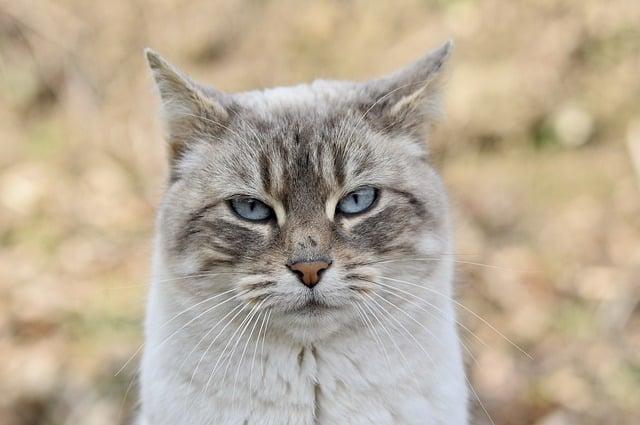
Maintaining and Cleaning Your Cat’s Cage for Long-term Use
To ensure your cat’s cage remains a safe and comfortable environment, regular maintenance and cleaning are crucial. Here are some effective strategies to help you keep the cage in pristine condition for years to come.
Cleaning Routine
- Daily Cleaning: Remove food and water dishes, clean them with warm soapy water, and refill them with fresh supplies. Scoop out any litter or waste to maintain hygiene.
- Weekly Deep Cleaning: Take everything out of the cage, including bedding, toys, and perches. Use a mixture of white vinegar and water to wipe down all surfaces, ensuring all corners are reached for a thorough cleaning. Rinse with water and dry with a clean cloth.
- Monthly Disinfection: Use a pet-safe disinfectant to sanitize the cage. Always rinse thoroughly and allow it to dry completely before reintroducing your cat to prevent any adverse reactions.
Material Care
- Metal Cages: Periodically check for rust and treat it immediately with a rust remover. Apply a powder coat sealant to prevent further corrosion and extend the cage’s lifespan.
- Wooden Enclosures: For wooden surfaces, use a clear spray outdoor sealant to protect against wear and tear. This will help maintain the wood’s integrity and keep it looking new for a longer period [[[[[2]].
| Cleaning Frequency | Action |
|---|---|
| Daily | Clean dishes, scoop litter |
| Weekly | Deep clean all surfaces |
| Monthly | Disinfect thoroughly |
Additional Tips
- Password-Locking Mechanism: If your cage has a password-locking mechanism, ensure it is functioning correctly to avoid accidental escapes.
- Regular Inspection: Regularly inspect the cage for any signs of wear or damage. Prompt repair or replacement of broken parts will keep the cage safe and comfortable for your cat.
- Comfort Maintenance: Keep the bedding clean and replace it frequently to provide a cozy resting area. Incorporate different textures and materials to keep your cat entertained and comfortable [[[[[1]].
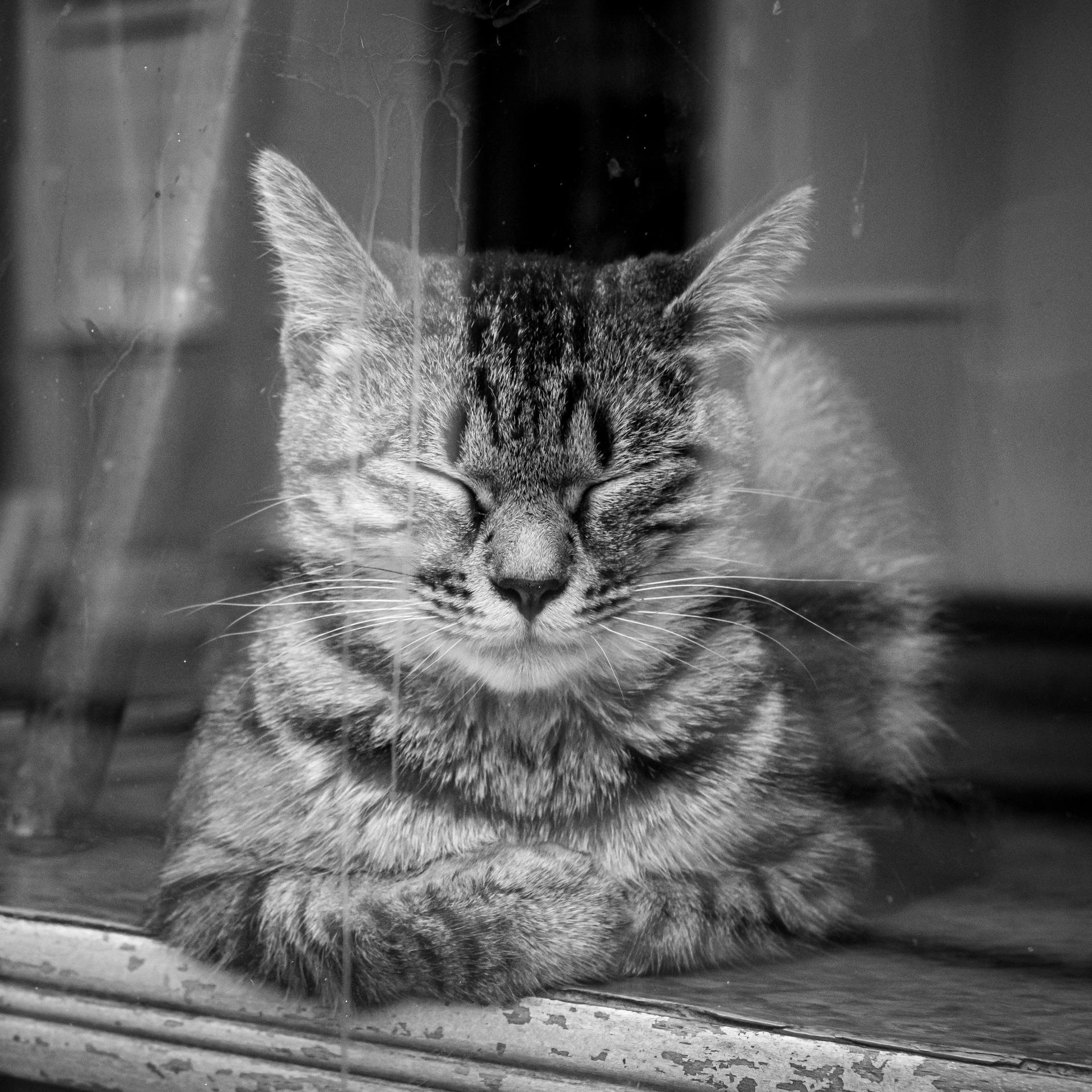
Enhancing Your Cat’s Cage Environment with Toys and Accessories
Enhancing your cat’s cage environment is crucial for their mental and physical well-being. Incorporating toys and accessories not only keeps your feline friend entertained but also helps them feel more comfortable and secure. Here are some creative ways to improve their space:
<ul>
<li><strong>Hide and Pounce Toys:</strong> These toys simulate the thrill of hunting, stimulating your cat's natural instincts. You might use small plush toys hidden around the cage or attach them to strings for dynamic play sessions.</li>
<li><strong>Interactive Feeders:</strong> Slow feeders or treat-dispensing toys can make feeding time more exciting and mentally stimulating. Interactive treats entice the cat to engage, reducing boredom while promoting healthy eating habits.</li>
<li><strong>Cuddly Bedding and Blankets:</strong> A selection of soft blankets and cozy bedding can transform a cage into a comfortable haven. Consider materials like faux fur or fleece, providing warmth and a sense of security.</li>
</ul>
Adding vertical space and variety within the cage can also make a significant difference. Install shelves or platforms to give your cat different levels to explore and perch on. This not only enriches their environment but also caters to their love for high vantage points, offering them a better sense of control and safety.
<table class="wp-block-table tableclass">
<thead>
<tr>
<th>Accessory</th>
<th>Benefit</th>
</tr>
</thead>
<tbody>
<tr>
<td>Hide and Pounce Toys</td>
<td>Stimulates hunting instincts</td>
</tr>
<tr>
<td>Interactive Feeders</td>
<td>Promotes mental engagement</td>
</tr>
<tr>
<td>Cuddly Bedding</td>
<td>Provides comfort and warmth</td>
</tr>
<tr>
<td>Vertical Shelves</td>
<td>Increases exploration space</td>
</tr>
</tbody>
</table>
Don't forget to include some sensory enriching accessories. Catnip toys, for instance, can offer fantastic short-term stimulation, while rotating different toys regularly helps maintain your cat's interest. Additionally, placing a scratching post in the cage can help satisfy their need to scratch and stretch, which is important for their physical health and stress relief.
By thoughtfully selecting and alternately using these toys and accessories, you can create a dynamic and enjoyable environment that keeps your cat happy and engaged, even within the confines of a cage. Ensuring that your feline companion has a variety of stimulations will help maintain their natural behaviors and improve their overall quality of life.Q&A
## Q&A: All About “My Cat Cage”
Q1: What are some creative features I can add to my cat cage to make it more enjoyable for my cat?
Certainly! Adding creative features to your cat cage can keep your feline friend entertained and happy. Some ideas include:
- Interactive Toys: Hang toys that dangle and bounce to engage your cat’s hunting instincts.
- Multiple Levels: Create platforms and ramps to give your cat vertical space to explore.
- Cozy Nooks: Include soft, enclosed spaces where your cat can feel safe and cozy.
- Scratching Posts: Install scratching posts or pads to help keep their claws in check and provide mental stimulation.
The key is to think about what engages and comforts your cat and integrate those elements into the cage design.
Q2: Can I customize a cat cage based on my pet’s specific preferences and needs?
Absolutely, customization is a great way to cater to your cat’s unique preferences and needs. According to an expert from Hellas Pet Enclosures, the ability to try new and fun things for cats is highly valued in custom pet enclosures. You can opt for designs that include anything from exercise wheels for high-energy cats to low, easy-to-navigate platforms for older cats[[3]].
Q3: Are there any safety considerations I should keep in mind when designing a cat cage?
Yes, safety should always be a top priority when designing a cat cage. Here are some key considerations:
- Secure Latches: Ensure all doors and panels are securely latched to prevent escapes.
- Non-toxic Materials: Use materials that are safe if chewed on or ingested by your cat.
- Proper Ventilation: Make sure there’s adequate ventilation to keep your cat comfortable.
- Smooth Edges: Avoid sharp edges or small, loose parts that could cause injury or be swallowed.
A safe environment will help prevent accidents and keep your cat healthy and happy.
Q4: How can I make my cat cage aesthetically pleasing while keeping it functional?
Combining functionality with aesthetics can be achieved by integrating stylish elements and practical features. For instance:
- Color and Design: Choose a color palette and design that complements your home’s decor.
- Natural Elements: Incorporate elements like wooden platforms and greenery to create a serene atmosphere.
- Creative Layout: Utilize the space efficiently by arranging items in a visually appealing manner that still allows your cat to move and explore.
Remember to balance the look of the cage with your cat’s comfort and activities for the best results.
Q5: I’ve seen some websites with interesting designs for pet enclosures. Where can I find inspiration for my cat cage?
For design inspiration, websites like PDW offer a range of products that not only serve practical purposes but also add a touch of personality to your setups, such as their creative and classic bottle cages[[[[[1]]. Additionally, custom pet enclosure builders often feature innovative and fun designs in their portfolio that can spark new ideas for your project[[3]].
Q6: Are there any personal experiences or philosophies shared by cat cage designers that can guide me?
Yes, learning from the experiences and philosophies of cage designers can be very insightful. For example, designers from Hellas Pet Enclosures emphasize the importance of creativity and trying new things when constructing cat environments[[3]]. This approach ensures that each design caters not only to the physical needs of the cat but also to their mental well-being.
By integrating these professional insights and your own creativity, you can create a cat cage that’s both functional and enjoyable for your feline friend.
Concluding Remarks
ensuring the safety and comfort of your feline friend within a cat cage involves a considerate blend of space, security, and suitability. Whether you’re using a cage for travel, post-surgery recovery, or acclimating a stray, remember that your primary goal is the well-being of your pet. Each cat may respond differently, so stay attuned to their needs and be compassionate in your approach. By creating a positive environment, your cat is more likely to feel secure and calm.
If you have any more questions or need further guidance, don’t hesitate to reach out to experts or fellow pet owners. After all, a happy pet makes for a happy home. Thank you for joining us on this exploration of ‘My Cat Cage’—where safety and comfort go hand-in-paw.


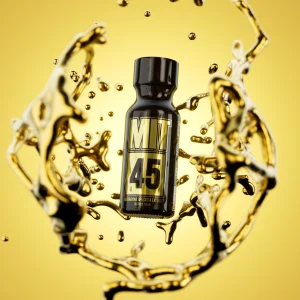

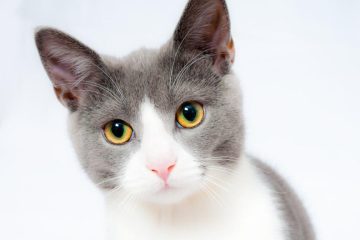
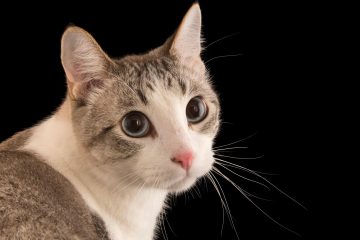
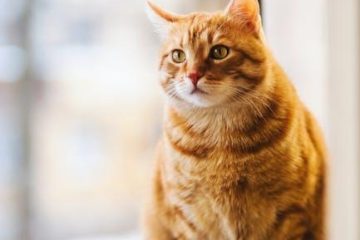
0 Comments